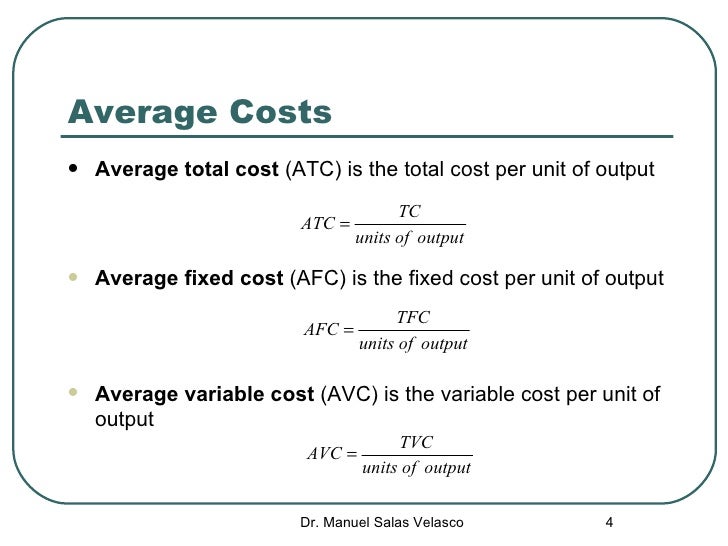

$200 (change in revenue)/ 100 units (change in quantity) = $2 (marginal revenue)Įxample two: A company usually sells 40 products for $600 but decides to make an additional sale at $8.
#Atc formula how to#
Typically, businesses use it to measure the change in the production of an additional unit, so the denominator generally is one (1).īelow are three practical approach examples of how to calculate marginal revenue:Įxample one: Say a company increases its production of product X by 100 units and receives $200 in revenue. You can use the above marginal revenue formula to measure any production level change. To calculate the revenue change, the company subtracts the revenue figure achieved before the sale of the last unit from the total revenue received after the sale.


#Atc formula full#
In contrast, total revenue refers to the full amount of total product sales regardless of revenue source: sales, investments, marketing, and customer success.

However, marginal revenue diminishes with each additional unit sold for a monopoly, and it's always equal to or less than its average revenue-the reason being that price changes with the change in quantity sold.Īs stated above, marginal revenue is the revenue increment from selling an additional unit of a product. To obtain average revenue, divide the total revenue earned from the number of units sold.Ī competitive firm's price equals its marginal revenue and average revenue because it remains constant over other varying output levels. On the other hand, average revenue refers to revenue earned per output unit. It is the additional revenue from selling one more unit. Marginal revenue is the net revenue a business earns by selling an additional unit of its product. Below is the relationship between marginal revenue and other economic metrics: Marginal revenue and other economic metricsĮconomic theory assumes that perfectly competitive firms will continue producing output to increase profits until marginal revenue equals marginal cost. On the other hand, businesses may decide to cease production when marginal revenue is less than marginal cost.Įconomic theory states that perfectly competitive firms will continue to produce output until marginal revenue equals marginal cost. Hence, companies seeking to maximize profits must increase their production until marginal revenue equals marginal cost (MR=MC). Since marginal revenue is subject to the law of diminishing returns, it will eventually slow down with an increase in output level.īoth large and small businesses can examine their marginal revenue to determine their level of earnings based on extra output units sold. This is useful for businesses to balance their production output with their costs to maximize profit. Marginal revenue is the revenue generated for each additional unit sold relative to marginal cost (MC). Marginal revenue (MR) is an economic concept used in business to optimize profits. Audit-proof revenue recognition with ProfitWell Why does your business need to calculate marginal revenue?Ħ. Marginal revenue and other economic metricsĥ.


 0 kommentar(er)
0 kommentar(er)
